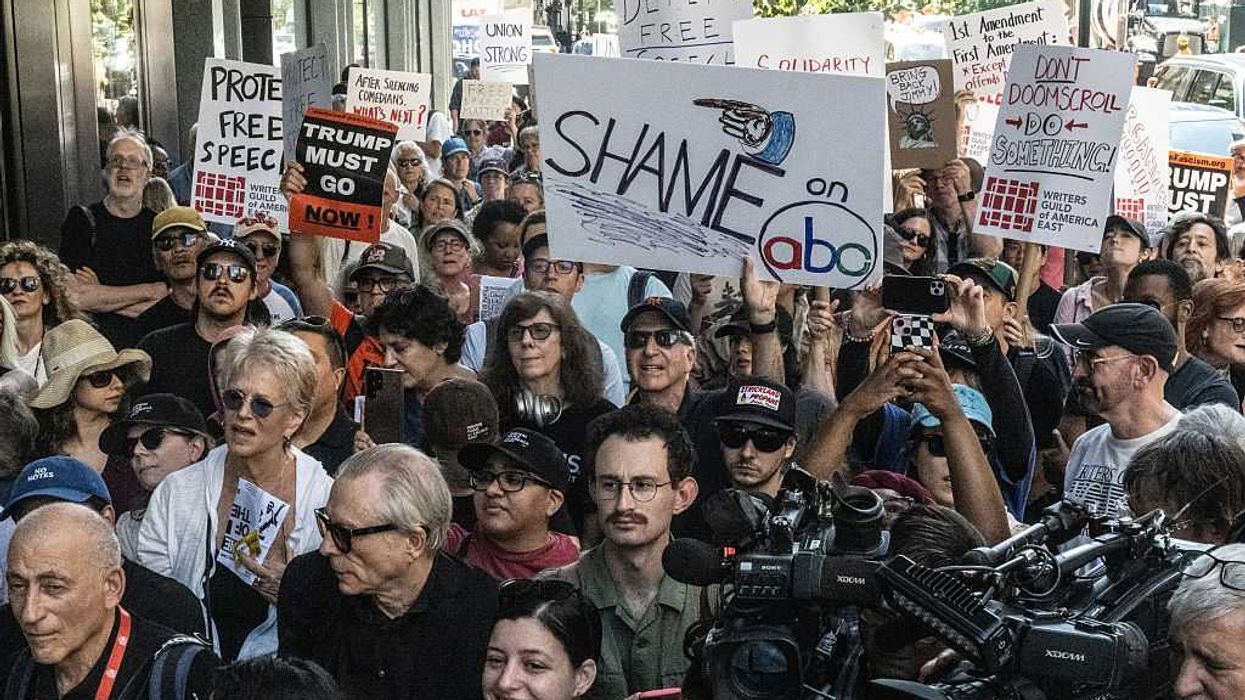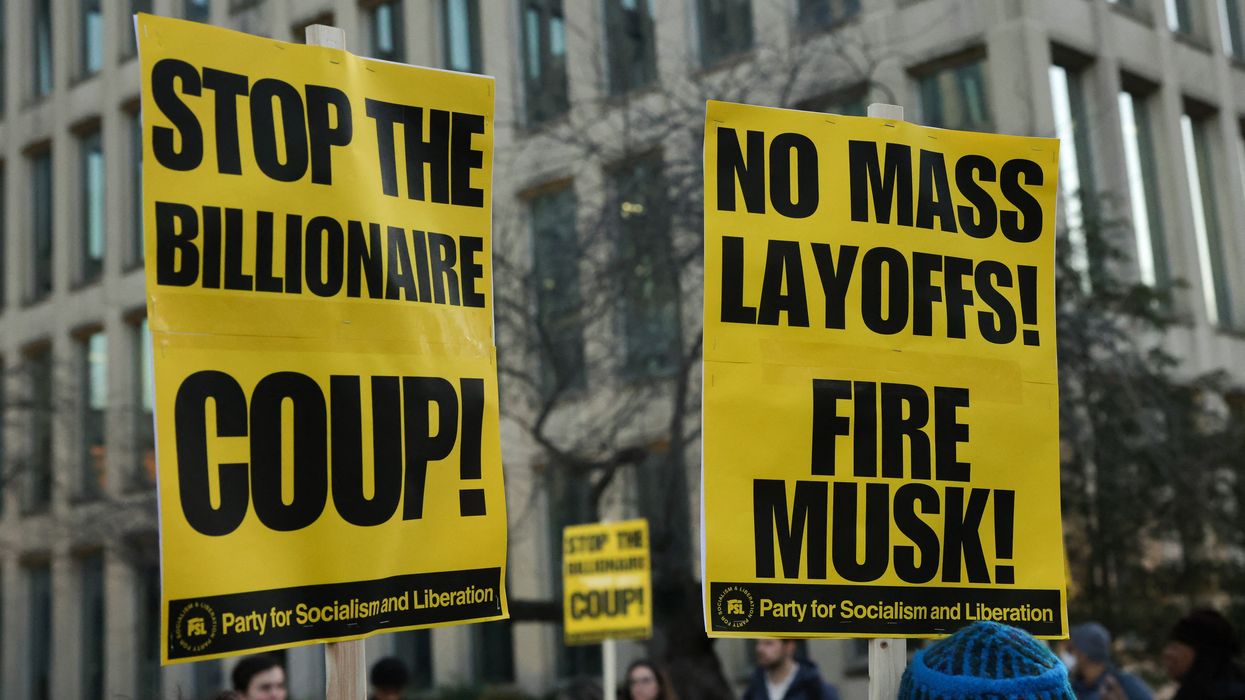Hollywood Union Says AI-Generated Tilly Norwood 'Not an Actor'
The synthetic performer, says SAG-AFTRA, is "a character generated by a computer program that was trained on the work of countless professional performers—without permission or compensation."
Screen actors and their union are among those who on Tuesday condemned a computer-generated "actress" created by a newly launched artificial intelligence studio as "not a replacement for a human being," while urging talent agencies to eschew signing synthetic performers.
Billed as Hollywood's first artificial intelligence actor, "Tilly Norwood" was introduced by Particle 6 founder and CEO Eline Van der Velden, who has launjched a new venture called Xicoia, the "world's first AI talent studio."
One of over 40 digital personalities Xicoia says it aims to develop, Norwood has attracted the attention of real-life talent agents—a development that has drawn condemnation from the powerful Screen Actors Guild–American Federation of Television and Radio Artists (SAG-AFTRA) union, which represents more than 160,000 performers in film, television, voice acting, video games, and other media.
“SAG-AFTRA believes creativity is, and should remain, human-centered," the union said in a statement Tuesday, adding that it is "opposed to the replacement of human performers by synthetics."
The union continued:
To be clear, "Tilly Norwood" is not an actor, it’s a character generated by a computer program that was trained on the work of countless professional performers—without permission or compensation. It has no life experience to draw from, no emotion, and, from what we’ve seen, audiences aren’t interested in watching computer-generated content untethered from the human experience. It doesn’t solve any “problem”—it creates the problem of using stolen performances to put actors out of work, jeopardizing performer livelihoods and devaluing human artistry.
"Additionally, signatory producers should be aware that they may not use synthetic performers without complying with our contractual obligations, which require notice and bargaining whenever a synthetic performer is going to be used," SAG-AFTRA added.
Individual actors also slammed Norwood's rollout, with Melissa Barrera—who has starred in films including Scream and In the Heights—taking aim at any agent who might be tempted to represent the AI character.
“Hope all actors repped by the agent that does this, drop their a$$," Barrera said. "How gross, read the room."
Natasha Lyonne, star of Russian Doll and director of Uncanny Valley, said: "Any talent agency that engages in this should be boycotted by all guilds. Deeply misguided and totally disturbed. Not the way. Not the vibe. Not the use.”
Veteran television actor Chris McKenna addressed those who think Norwood "will only replace actors," writing on social media that the AI creation "needs no hairstylist, makeup, wardrobe, lighting, direction, transportation, rest, or lunch... the trickledown will be devastating."
Van der Velden defended her creation in a Sunday Instagram post, writing, “To those who have expressed anger over the creation of my AI character, Tilly Norwood, she is not a replacement for a human being, but a creative work—a piece of art."
“Like many forms of art before her, she sparks conversation, and that in itself shows the power of creativity," she added.
SAG-AFTRA has long opposed the use of AI performers, making the issue a key part of its 2023 strike against the Alliance of Motion Picture and Television Producers and last year's video game strike. The union has also backed legislation at the federal and state level to regulate AI.
The 2023 strike, which lasted 118 days, ended with SAG-AFTRA winning concessions including explicit consent, notification, and bargaining for the use of AI replicas of performers and safeguards against digitally generated characters replacing human actors.


